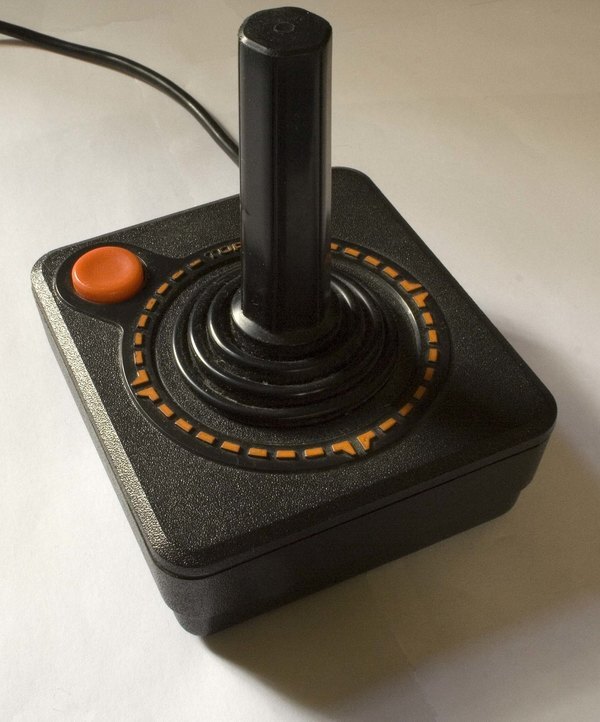
If you think about it, the tale of the Atari 2600, despite its most iconic element being a simple black controller, is really a story about a hugely successful company failing to show any semblance of control of its ecosystem.
It was a market that grew wildly out of proportion to what the buying public was willing to accept, and consumers, in their own way, called Atari out for that—by effectively not buying those junky games up at the rate they were being overproduced.
But nowhere does the lack of control show itself than the tale of Mystique, a line of erotic video games made for the system, with one in particular—the absolutely gross and absolutely racist Custer’s Revenge—proving hugely controversial with the public and deservedly becoming the target of public protest. Despite Atari having nothing to do with the games, it got most of the blame.
You’d think, if you’ve heard about the story of that game, you know everything you need to about the story of Atari’s unwitting foray into X-rated content.
“Critical Kate” Willaert will be quick to prove you wrong. Willaert, founder of A Critical Hit! and a researcher and essayist who has recently been working on a series called Video Dames on her YouTube channel, dug well beyond the point where the average person stops for her September Kotaku piece, titled “Porno Hustlers of the Atari Age.” Willaert’s well-researched piece on Mystique highlights the line’s direct affiliation with Caballero Control Corporation, a major seller of adult videos in the early 1980s, and how, if the games didn’t kill the market for adult video games entirely, they certainly caused significant damage in the eyes of the mainstream.
The sometimes racy video games of the Atari 2600 era, at a time when there was no aggressive licensing to rein everything in, perhaps were a key reason why video game companies moving forward took a heavier hand in attempting to ensure the games they allowed on their systems were licensed, efforts that stymied legitimate companies and fly-by-night firms like the web of companies associated with Mystique alike.

(Mark Ramsay/Flickr)
Willaert’s work reflects miles of research, digging into obscure parts of old magazines (many on the Internet Archive) in the effort to fully tell a story that is basically treated as shorthand by modern gamers. She even included flowcharts that highlighted how tangled up the “labyrinthine web of individuals and businesses” around Mystique really was. It raises questions about the relationships that people had with this line of games nearly 40 years ago. (Even crazier, she pointed out that CCC moved into selling family movies on home video during the same period!)
Strangely enough, Willaert doesn’t entirely blame the controversy around Mystique for killing the market for adult video games. Rather, she suggests that timing played a key role, noting that the ads for the Mystique line appeared around the same time as the infamous 2600 version of E.T.
“In short, adult game producers were entering the home video game market at the worst possible time,” she explained.
When I do writing for Tedium, I often talk about looking past the accepted answer, the thing that shows up at the top of Google. Because there is often context lost when you only look at the history books and blog posts that have been written second-hand or third-hand based on somebody else’s deduced analysis of the history of a given object or topic. It’s a game of telephone, for which the final result may always end up a little fractured.
That effort to move past the game of telephone and get to the real answers is the thing that raises “Porno Hustlers of the Atari Age” beyond simply being a great historical piece of writing and into the realm of being exemplary. It utilizes the research tools in front of us in the way they should be used.
For that reason, “Critical Kate” Willaert gets a Best History Article nod from MidRange.
Runners-Up:

How Pinterest Ruined Photo Search: I greatly enjoyed this Input piece by Chris Stokel-Walker highlighting the roots of a common problem with Google Images—Pinterest’s tendency to stand between Google and the site where the images came from. A great backstory told well.

The Story That Killed Mike Richards’ Career on Jeopardy!: Claire McNear of The Ringer has owned the Jeopardy beat for a long time, but her willingness to listen to numerous hours of podcasts made by a controversial new host gets a nod for sheer impact and willingness to go the extra mile.
Time limit given ⏲: 30 minutes
Time left on clock ⏲: 58 seconds

